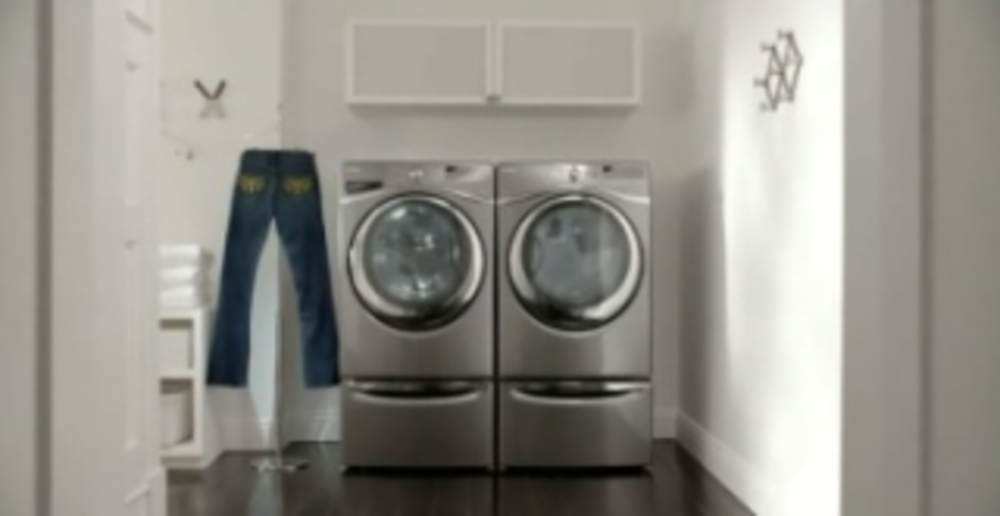Marketing campaigns can get as routine as wash, dry, fold. So home appliance manufacturer Whirlpool gave its most recent campaign a fresh spin by throwing storytelling into its integrated marketing mix to drive sales and build brand preference.
Whirlpool’s 2013 campaign expands on the brand’s 2012 “Design and Simplify” campaign and tagline—a mantra centered on designing easy-to-use appliances that simplify the customer’s everyday home activities. Whirlpool will focus on showcasing the Whirlpool Duet washer this summer and then will switch gears to promote its cooking and refrigeration products later this year. Bill Beck, senior director for Whirlpool, says the brand decided to incorporate storytelling into this year’s campaign to deliver messaging that resonates with women between the ages of 30 and 55. He adds that Whirlpool also conducted testing with service organization ASI Appliance and held focus groups with consumers to fine-tune its messaging.
“If you look at the appliance industry, many times they just talk about the machine: What it does, [and] whether there’s a feature or benefit,” Beck says. “You don’t really talk to [the customer] in a way where she can see herself [using] it.”
Rather than sort its marketing message by channel, Whirlpool and its creative agency Arc Worldwide devised a “360 plan” and promoted the campaign through multiple channels, starting with print advertisements in April and a TV spot in May. While TV is a strong introductory channel for the brand, all channels play an integral role in telling a story that resonates with consumers who are at different points in the customer journey, Beck says.
For example, Whirlpool introduces consumers to the Design and Simplify story via a TV spot featuring a teenage daughter freaking out at her mother for washing her new jeans out of fear that they’ll fade. Consumers can then continue the jean saga through print advertisements or become exposed to a new story featuring a red dress that has been washed in a Whirlpool appliance to maintain its bold color. Instead of bombarding consumers with pointless advertisements, Whirlpool decided to brighten the print advertisements by adding a bit of value. For example, consumers can learn how to accessorize the red dress in the June issue of Real Simple.
After consumers have been introduced to Whirlpool and the Design and Simplify story, consumers can then visit the brand’s website to learn more about the brand’s actual product, such as through online demos and product reviews. They can also visit the brand’s World of Whirlpool experience center in Chicago to test the products. Once consumers have an interest in purchasing a Whirlpool appliance, they can visit the Whirlpool store where they’ll see Whirlpool posters and stickers. Beck says that Whirlpool is also promoting the campaign through digital ads and public relations and plans on launching a social initiative in August.
“If you want to start telling the story, you better be able to keep the story going throughout each one of the touchpoints,” Beck says.
Although storytelling can be a great way to “break through the marketing clutter,” Beck says, the most effective way to tell a story is to convey believable life situations versus spreading “gimmicky” viral YouTube tales.
“With storytelling,” he says, “it’s a story that can continue to be told time after time, it can evolve, and it can be remembered in a much better way that has longevity versus that one-hit wonder and then you move on to the next thing.”








